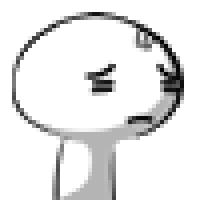mike miller wrote: ↑Mon May 17, 2021 4:23 pm
@bnemec, how accurate is your table? We have a different K-factor for every thickness of material so we can't just drive everything from a gauge table. Besides, some material may use two different sets of tooling depending on the required inside radius and angle.
Frankly, not very. We've gone through the process similar to what Dennis explained and found that there are so many continuously varying parameters that shooting for mean material behavior is the best route
for us, at this time.
We have a mix of die run parts and laser and break parts, historically we do not alter the radii and k-values specific to one or the other. That may change some day. Even if just for break formed parts we might be able to dial it it, but the hardness and thickness of the material we get in varies so much I'm not convinced we would be better unless we revise the parts for every heat (which is not practical.)
Die run parts, the exact same coil is sometimes used for several parts (trying to help keep raw inventory moving) but we've seen that different tools make different bends in different stations of the progressive die, from the same coil. After that our flat patterns are not really used by the tool shops that do the progressive dies, it's their job to make a tool that produces the part per print given our "run of the mill" material properties.
In theory we could come up with a near perfect bend table for all our material but in the end we are better off designing the parts so that the significant features are measurable and able to be held and the next step (usually weld fixtures) position the part in such a way that makes good weldments.

